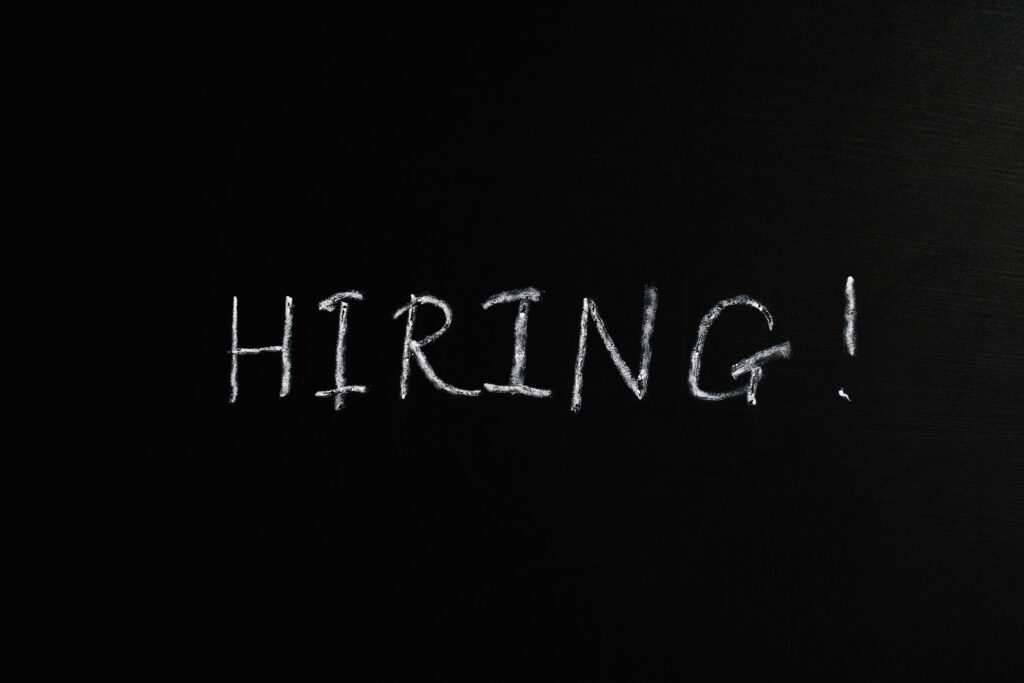One of the biggest problems facing all business right now is a shortage of skilled labour. Despite the unemployment rate of 5.6 percent, employers have reported having to pay higher wages to skilled workers to keep them. There are likely many reasons contributing to this decline, [including] a reduced labour supply impacting the ability to fill roles.
Independent economist Angela Jackson explains this “reduced supply” directly relates to a shortage of skilled migrants due to closed international borders”. “We’ve relied on that skilled migration for 20-plus years to fill that gap in the labour market.” “So, what we’re seeing I think is that businesses are growing, they want more people on board, but perhaps there aren’t the people out there with the skills that they need,” Dr Jackson says. Despite the education and training facilities we have in Australia, the pandemic has exposed how reliant employers, and the economy, are on the global talent pool. Dr Jackson says the shortfall is damaging to both the labour market itself and the economy. “This is going to cause increasing problems I think for the labour market and the economy over the next 12 months if borders remain closed.” “It’s been a really important source of skills for employers that simply isn’t there.”
The government points to some very encouraging economic indicators as evidence the economy is on a solid footing. They include measures of unemployment, improved business conditions, and higher levels of consumer confidence. The unemployment rate has fallen materially from its peak amid the coronavirus recession. Earlier this week the National Australia Bank’s (NAB) monthly business survey suggested bosses across the country are happy — with business conditions last month reaching a “record high” in the survey’s 20-plus year history.
Despite this businesses are not investing big time in property, plant and equipment – a line item on a business’s balance sheet that points to money spent on physically growing the business. Last month the NAB’s monthly business survey points to this. “If you look at business credit, for example, you don’t see any sign of an increase,” NAB Chief Economist Alan Oster says. It’s vital for sustainable economic growth that businesses as well as consumers take the spending baton from the government, and at this point that simply isn’t happening to any significant degree.
Businesses are looking at a low interest rate environment, government incentives, and the rollout of the vaccine, and believe that this is “the time to grow”. The problem bosses are finding is they’re not getting many bites when they put the job advert together for the roles they require. The risk is they shelve the plans and tell the bank to cancel the loan application. Dr Jackson expects this problem to remain for the foreseeable future. Skilled migrants are another source of economic growth. It’s difficult to quantify the hit to GDP growth from a major shortfall in migrants, but the shortfall is showing up in a huge lift in unfilled skilled vacancies and it is doing damage to the economy. It’s fair enough to be encouraged by the obvious signs of economic growth we see around us, but until international borders re-open, you cannot confidently “lock in” this economic recovery.
Source: ABC News

